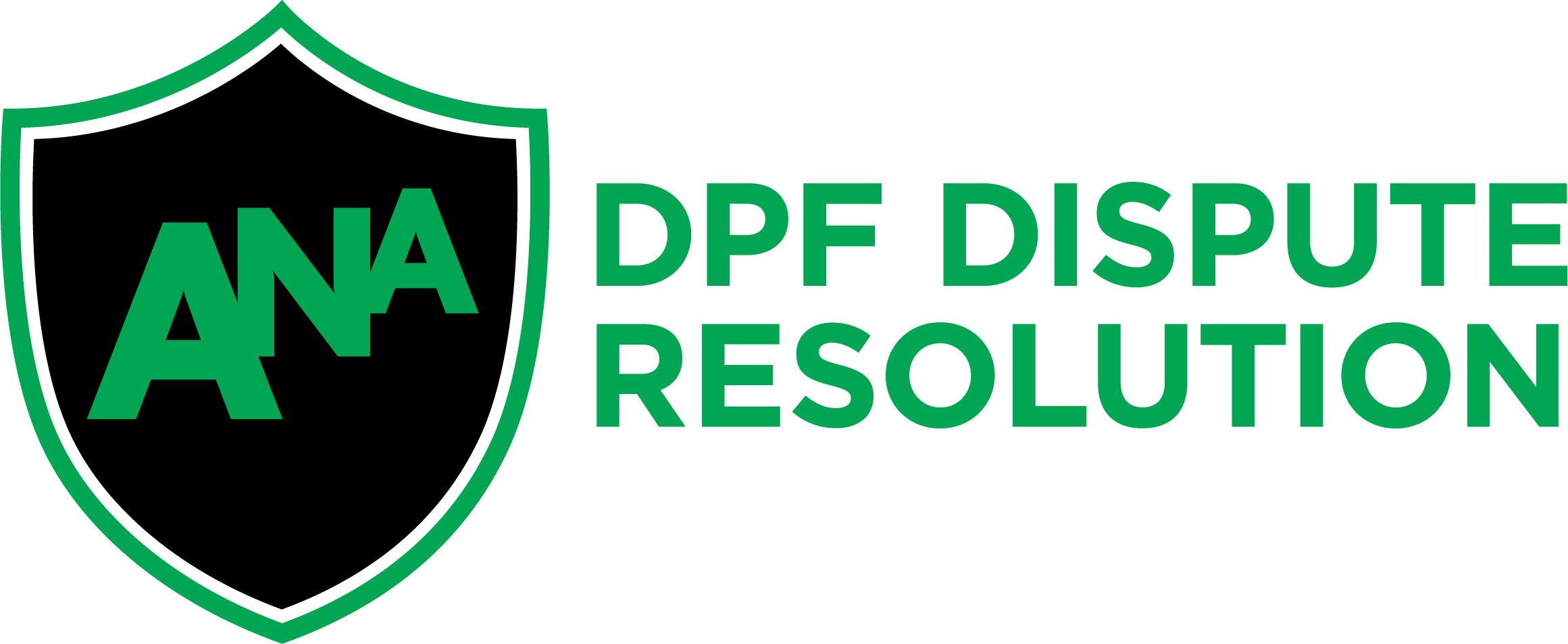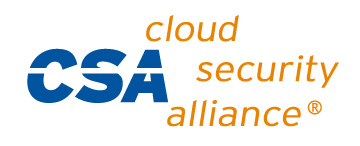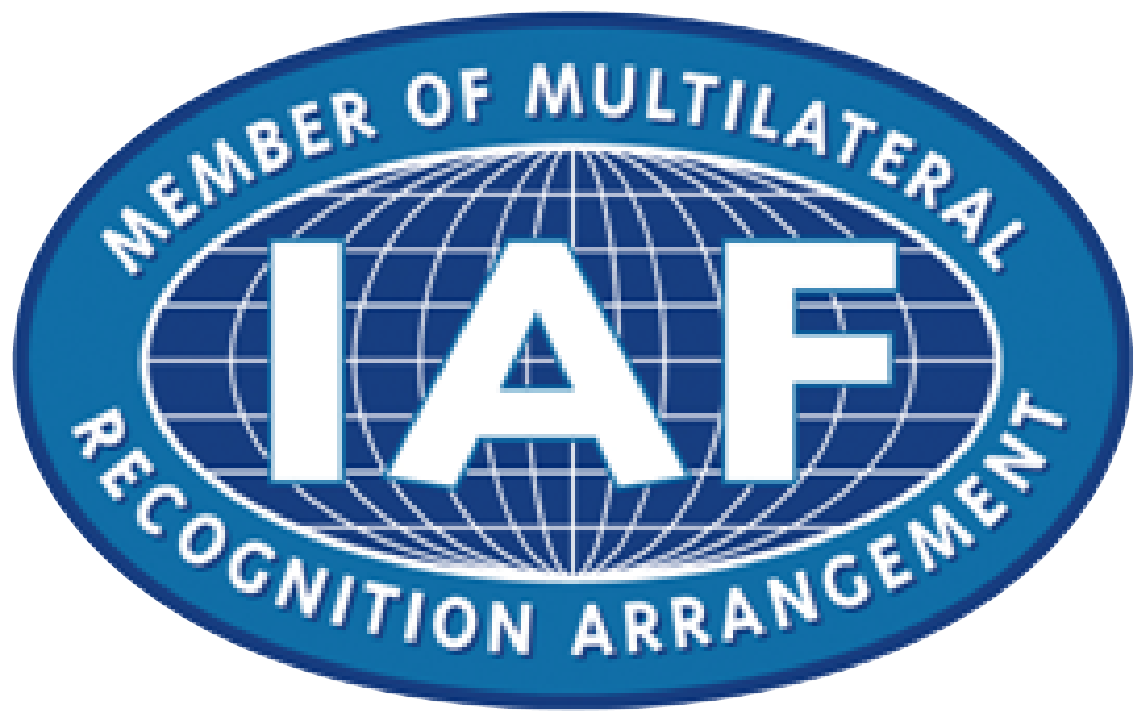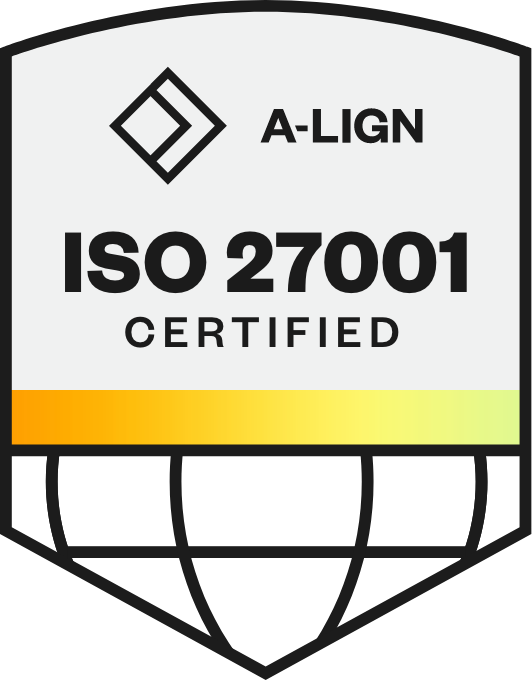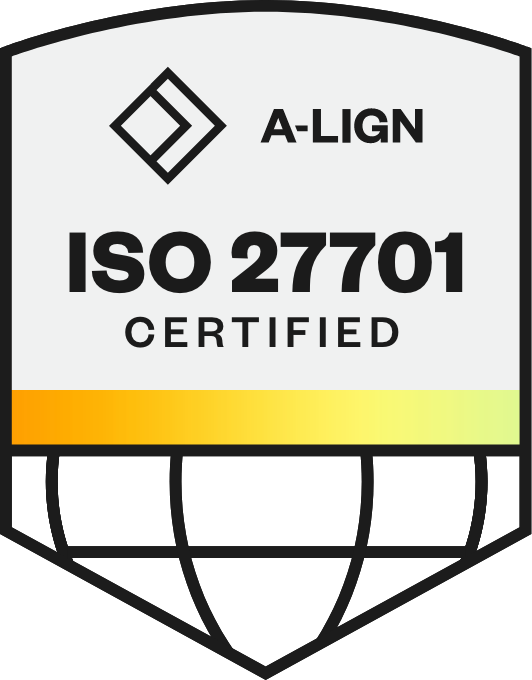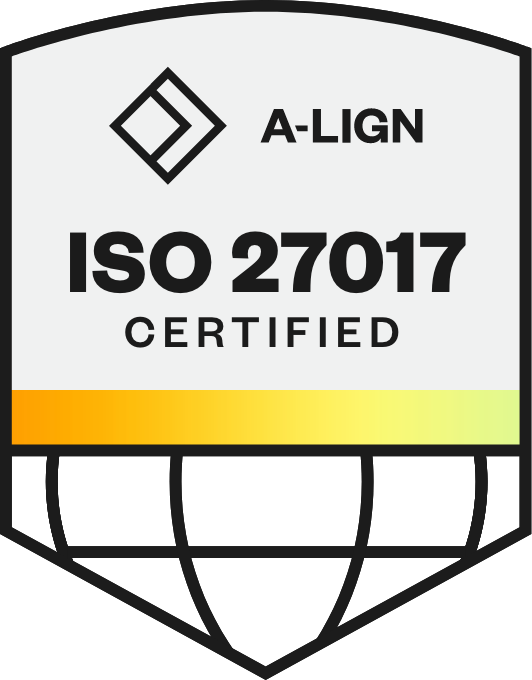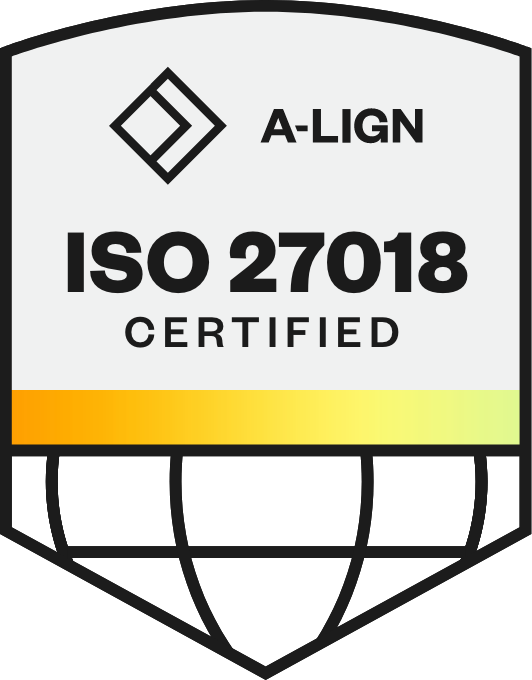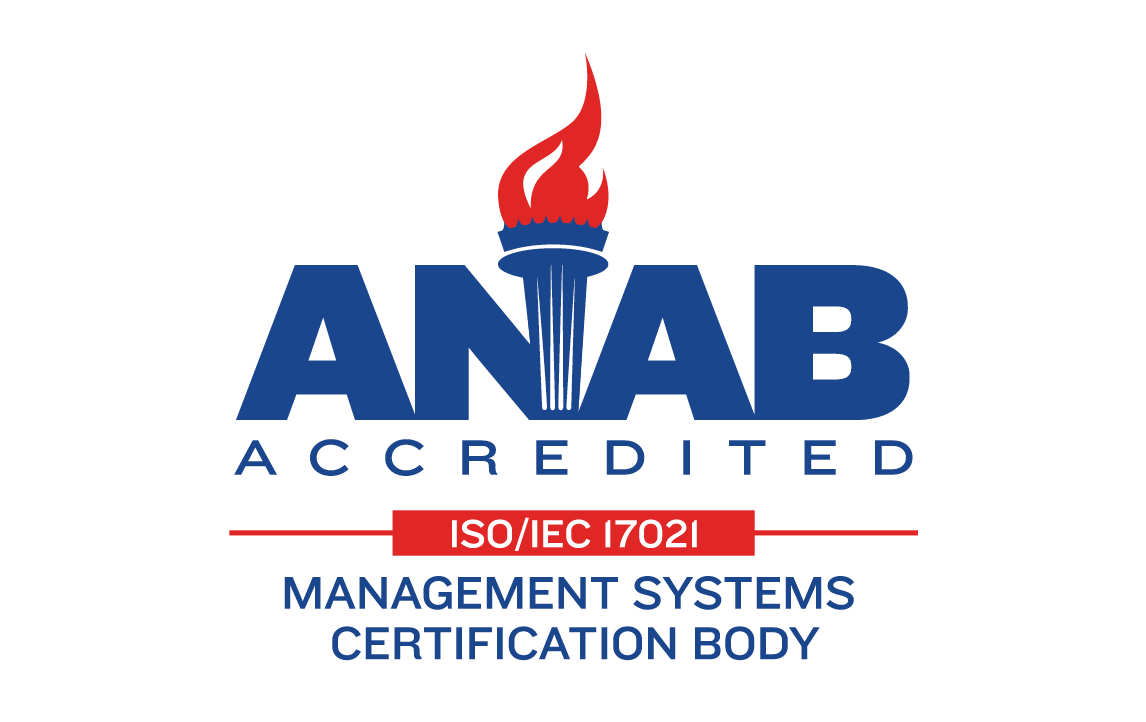
What You Need to Know About Video Interviewing Candidates
Video interviewing is here and it’s not going anywhere. So, how can TA teams maximize advanced video interviewing tools to hire faster and create a wow-worthy talent experience?
Here are five ways to enhance how your team uses video interviewing during the hiring process, plus some of the best questions to include in your video interviews:
1. Make all first interviews virtual to expand your candidate range
If your organization is open to relocating the right candidate for a position — or offering a fully remote or even hybrid opportunity — video interviewing allows you to expand the candidate range. This can be particularly beneficial for niche or hard-to-fill positions in any industry.
Instead of only searching for candidates within a certain geographic proximity to your office, you can easily interview people across the country (or world!), increasing your talent pool to find the right people for open roles. Because of their convenience, video interviews are also a great way to build an arsenal of silver-medal candidates who may be a good fit at a later date. Either way, you can always invite potential candidates for an in-person interview further into the hiring process if necessary.
2. Set expectations to help candidates feel more comfortable on camera
Some people feel more uncomfortable speaking on camera than in person — and this can be a disadvantage to both the candidate and the organization. The candidate may not represent their fullest potential to the company, while the organization may not obtain a foolproof examination of the candidate.
To help overcome this challenge with video interviewing, send an email with tips and expectations before the scheduled interview time. This email should include the interview time, interviewer’s name and title, estimated interview length, and other pertinent information — including how to troubleshoot connection, audio, and video issues.
For interviewers, send a similar list 15 minutes before the interview time that reminds them to check their connectivity, silence their work notifications, and find a quiet place with minimal distractions so interviewers can give candidates their complete attention while staying on schedule.
3. Establish interviewing time blocks with hiring managers
Not only is it important for recruiters to adjust their calendars for candidate interviews, but it’s equally crucial that hiring managers make extra accommodations to accommodate flexible schedules.
Booking interviews before or after hours increases the likelihood that candidates will move through the hiring process faster — and ultimately, join if it’s the right fit. For interviewers without off-hour availability, work together to block ideal interview times during regular work hours every week.
By establishing interview time blocks with hiring managers, you can ensure they have an open spot on their calendars dedicated to candidate interviews. After all, timing is everything in the search for talent.
Related resource: The State of Automated Interview Management: 2023 Survey Report
4. Re-evaluate the interview team and hiring process
“Zoom fatigue” is real and could adversely impact the interview process, as well as the end result. The fewer interviews your candidates have to attend, the more likely they’ll complete the entire interview process.
Determine how many interviews are really necessary to make a hiring decision. Can you eliminate some and still appropriately evaluate the hard and soft skills required for the job?
If not, consider hosting panel interviews instead. By having multiple hiring managers and/or interviewers on a single interview, everyone saves time. Choose your panel carefully, however. Candidates can feel intimidated by a group interview, and some interviewers may ask or share less depending on who they’re partnered with.
Related reading: 4 Ways to Improve the Interview Experience
5. Leverage automated confirmations and feedback loops
To avoid candidate and interviewer no-shows, take advantage of automated interview scheduling technology that also provides instantaneous text or email confirmations and reminders. This simple step can save all parties involved countless hours sending one-off messages and rescheduling missed interviews so candidates can move through the process swiftly.
After a candidate completes an interview, they should also receive a thank you and communication requesting feedback so your TA team can establish areas of improvement. Shockingly, in our 2023 State of Candidate Experience Report, we found that 0% of Fortune 500 companies communicated application status to candidates after the initial confirmation that their application was received. Remember, today’s job seekers are accustomed to instantaneous hyper-personalized experiences, so being transparent and over-communicating will ensure more candidates remain engaged.
Related reading: How to Streamline the Interview Experience for Candidates
Bonus: The best interview questions to ask when video interviewing
Not all interview questions are created equal, which is why we’ve compiled a list of five that you won’t want to leave out when video interviewing your candidates. These questions require reflection on the candidate’s part, and help you as the interviewer get a better sense of who they are and what they’ll bring to the team:
What accomplishment or event is not on your resume that you’d like to tell us about? This question allows the candidate to share non-job related skills or accomplishments that could still be beneficial to the position.
If you could change one thing about a past job or career, what would it be and why? This question prompts the candidate to self-reflect, and offers insight into how they view their own actions.
What was your biggest success and mistake from a past or current job? This question allows the candidate to sell themself for the role, and also offers insight into how they deal with failure.
Which of our core values do you identify with most, and why? This helps the hiring manager get a better sense of how the candidate will fit in with the team.
What other information about yourself would you like to share with us? This question is a great question that provides the candidate a final chance to share why they are the most qualified for the job.
The right tech is crucial to support video interviewing
Video interviews, Zoom calls, and virtual meetings are ingrained in our workforce now. Be strategic about what recruiting technology tools you use to streamline the process, improve the experience, and make it easier for recruiters to move candidates through the hiring funnel.
By leveraging all video has to offer, your team can expand your talent pool, interview more efficiently, and create a better overall talent experience.
To learn all about how Phenom is making the video interviewing process better for candidates and recruiters alike, book a demo of Phenom One-Way Interviews here.
Kasey is a content marketing writer, focused on highlighting the importance of positive experiences. She's passionate about SEO strategy, collaboration, and data analytics. In her free time, she enjoys camping, cooking, exercising, and spending time with her loved ones — including her dog, Rocky.
Get the latest talent experience insights delivered to your inbox.
Sign up to the Phenom email list for weekly updates!



